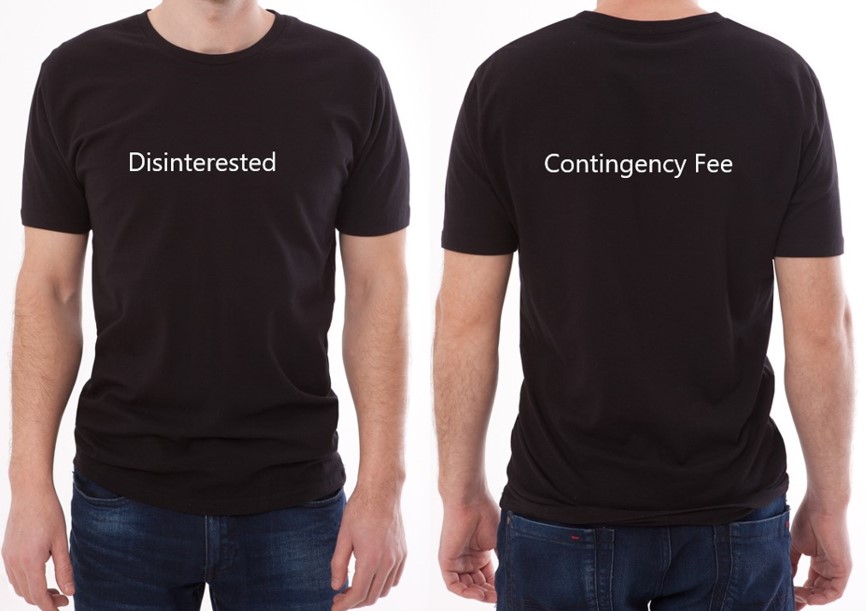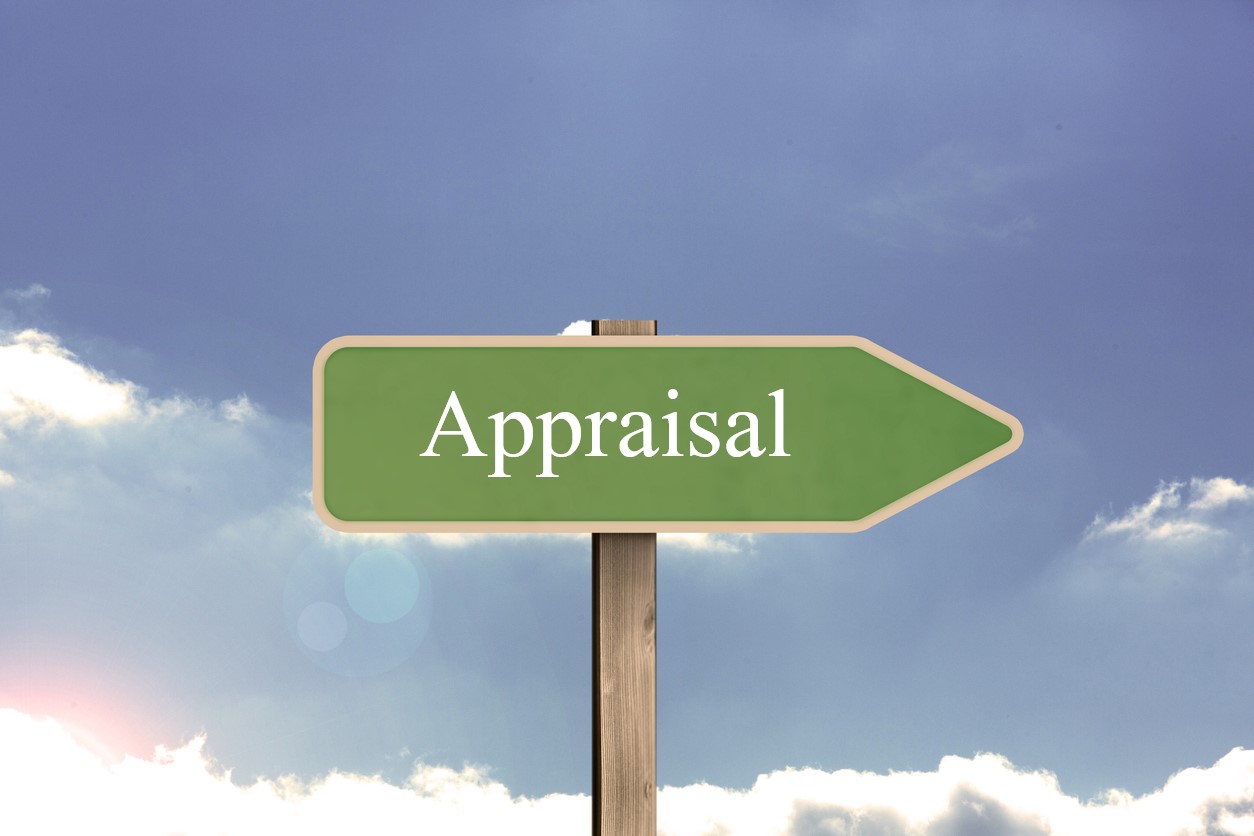Insuring to value is an important aspect of insurance. Most policyholders, especially condominiums, face significant penalties for not purchasing full replacement value insurance coverage. If a policy has a coinsurance penalty, any loss benefit will be reduced if property is not insured to full value. The reduction can be significant.
I received an email from an insurance agent and appraiser, John Nixon, that warns of many condominiums "shopping" for cheap appraisals and low estimates for the full replacement value be insured. He wrote:
"Lately, I’ve seen some "professional appraisers" advertising that independent appraisals can help reduce homeowners or commercial property insurance premiums. These ads are suggesting that the insurance carriers are cheating the consumer by inflating estimated replacement costs.
Indeed, some ignorant legislator is accusing Citizens of wrongdoing because he can get an independent appraisal 30-50% lower. These appraisers are using tools and methods inappropriate for insurance purposes: new construction vs. reconstruction, inappropriate deductions for covered property, shorting measurements, and/or failure to include building features.
Sadly, many good independent appraisers were driven out of the insurance to value business by a generation of appraisers willing to work for low fees. Many of these new appraisers unethically do their job and "hit" the number their client wants. This same type of unethical behavior by real estate appraisers generated over-valuation and fueled mortgage fraud. In part, these activities helped lead to the collapse of the lending market.
Now, these same appraisers are trying to appease client demands and "hit" a low number for insurance premium purposes. The insurance consumer doesn’t know any better. However, they will get a hard lesson when the carrier uses different tools and methods when it comes time to calculate coinsurance requirements after a loss. Neither the clever agent nor unethical appraiser will help their client recover from inadequate limits and resulting coinsurance penalties.
I have tried to get Citizens Property Insurance Corporation to clarify their advice for consumers on getting replacement cost estimates for insurance to value purposes, but they declined. They have left the responsibility with the uneducated policyholder to determine appropriate valuation methods. They also declined to disclose what standards they would use post-loss.
Does an underwriter’s acceptance of an independent appraisal on the front-end for underwriting purposes obligate them to use the method/calculations on the back-end for coinsurance calculations? If the coinsurance penalty holds up, have you ever tried to go after appraisers E&O coverage?
In most cases they will have used M&S cost guides and software which have a license restriction prohibiting their use for insurance purposes. I think the agents are more careful to cover their malpractice exposure with signed waivers.
John Nixon
President
Asperta, Ltd."
There is no definitive answer, as each case depends on the facts. I deal with the ramifications of coinsurance penalties all the time. The worst offenders are usually commercial businesses and condominiums. There are various methods we use to avoid coinsurance penalties when the issue arises.
However, I urge all policyholders to get a professional replacement value estimate if feasible. To be safe, over-insure rather than underinsure. Most of the time, many who believe they over-insured are still underinsured.
Agents have to be careful as well. We currently have an eight-figure errors and omission case against an agent. The case involves a co-insurance penalty, and the agent helped make the determination as to the amount of required insurance.




